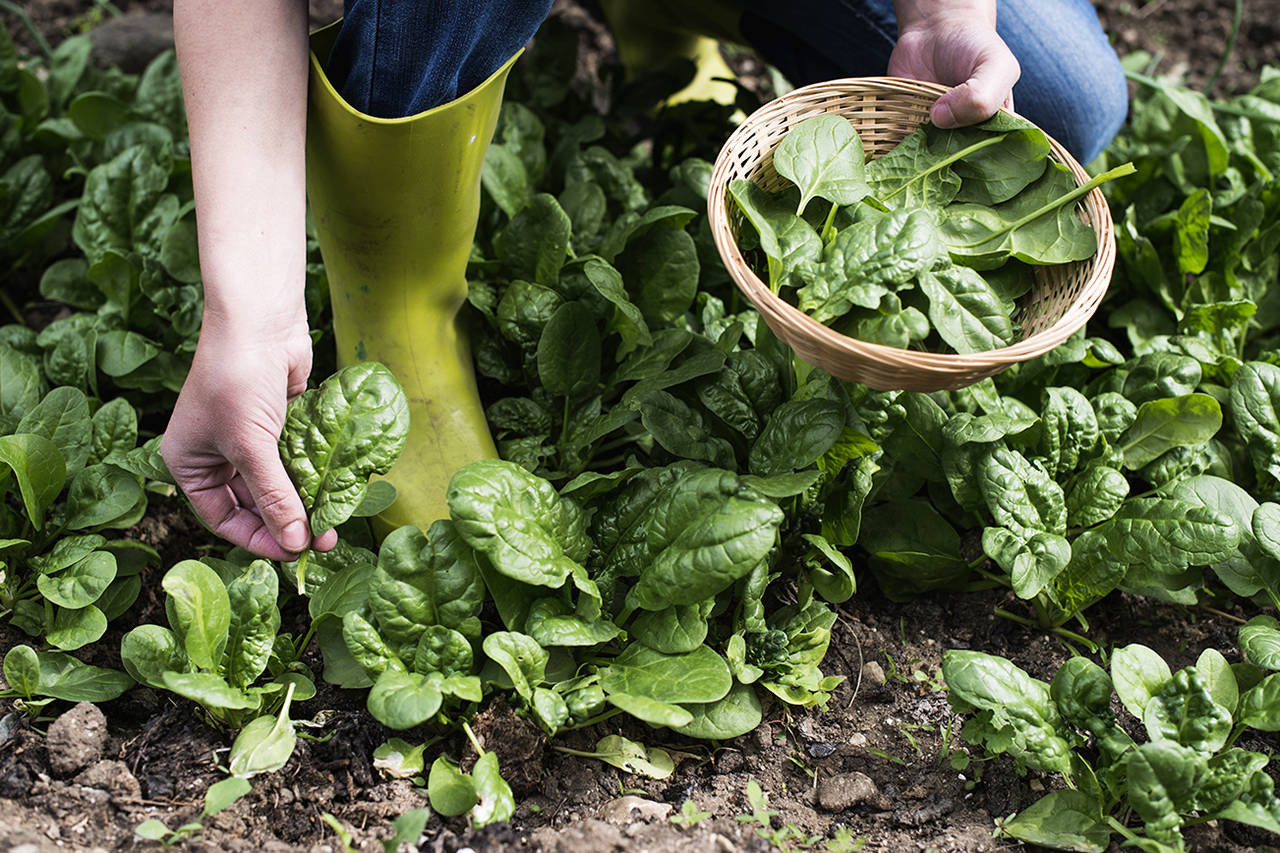By Linda Lee
WSU Master Gardener
We all are familiar with mulching plants to protect them from freezing weather and cutting down the perennials in the fall. But to maintain a healthy garden that will fulfill all your dreams in the coming spring, there is a lot more that can be done to prepare for whatever winter might bring.
Garden sanitation is so important, whether you are grow vegetables or ornamentals. One of the worst chores is keeping the weeds at bay. Some weeds will seed and grow all winter long, while others reseed and will be worse the following year. November is a wonderful time to get at the worst of the winter annuals, like hairy bittercress or “shot weed.” Slugs, bugs and diseases can overwinter in the weeds and in garden waste. Rake the fallen leaves. These can be used as mulch or added to the compost if they are not diseased.
Late August into November is a good time to cut back perennials. Dig and divide bearded iris and Astilbe in late August. Mid- to late fall into November is a good time to plant spring bulbs and perennial shrubs, flowers and ground covers. Planting now, while the soil is still warm, will give your plants time to become somewhat established for the winter.
It’s not a good idea to plant in heavy rains or when the ground is frozen. But spreading compost as mulch against a harsh winter is a good thing to do now, then again in the spring. Once the vegetable garden is empty, you can till in fresh manure or plant a cover crop. Cover crops grown to provide cover for the soil can be turned into the soil as “green manure.” Cover crops suppress weeds and reduce insects and disease. Field peas, winter peas, vetch, hummus, crimson clover and fava beans fix nitrogen in the soil as they decompose. Rye grass also makes a great cover crop; in the spring, just mow or chop it, then till it into the soil.
Cut back old canes on raspberries and clean up around the base of the plants. Pests can overwinter in the debris. Remove the old fruit-producing canes at soil surface. Cut laterals or remaining canes back to 12 inches. Thin remaining canes to 3 to 6 per plant to increase air circulation and improve light penetration.
Prune back canes on climbing roses so they won’t whip in the wind. This will save a lot of work cutting out damaged canes in spring. Cutting them back by about one-third to one-half will encourage growth from the bottom near the graft. It will also help the looks of some of the older leggy climbers that only have branches halfway up and nothing below. Unlike hybrid teas and other bush roses, climbers can be pruned in the fall. Look also for canes growing toward the inside of the plant and remove them.
For those who can’t get enough of gardening, winter is a great time to watch seeds sown in early fall grow. Root vegetables like turnips and beets, as well as the brassicas (cauliflower, broccoli, cabbage, etc.) that were seeded in late summer, will be ready for harvest in early spring. Floating row covers help protect them from pesky root maggots and flea beetles.
* * *
Join the WSU Master Gardener Program. A new class to learn the elements of the program begins in January. Email 2018mgtrainees@gmail.com if you are interested or if you would like more information.
Linda Lee, of Cosmopolis, has been a Master Gardener for 17 years.



